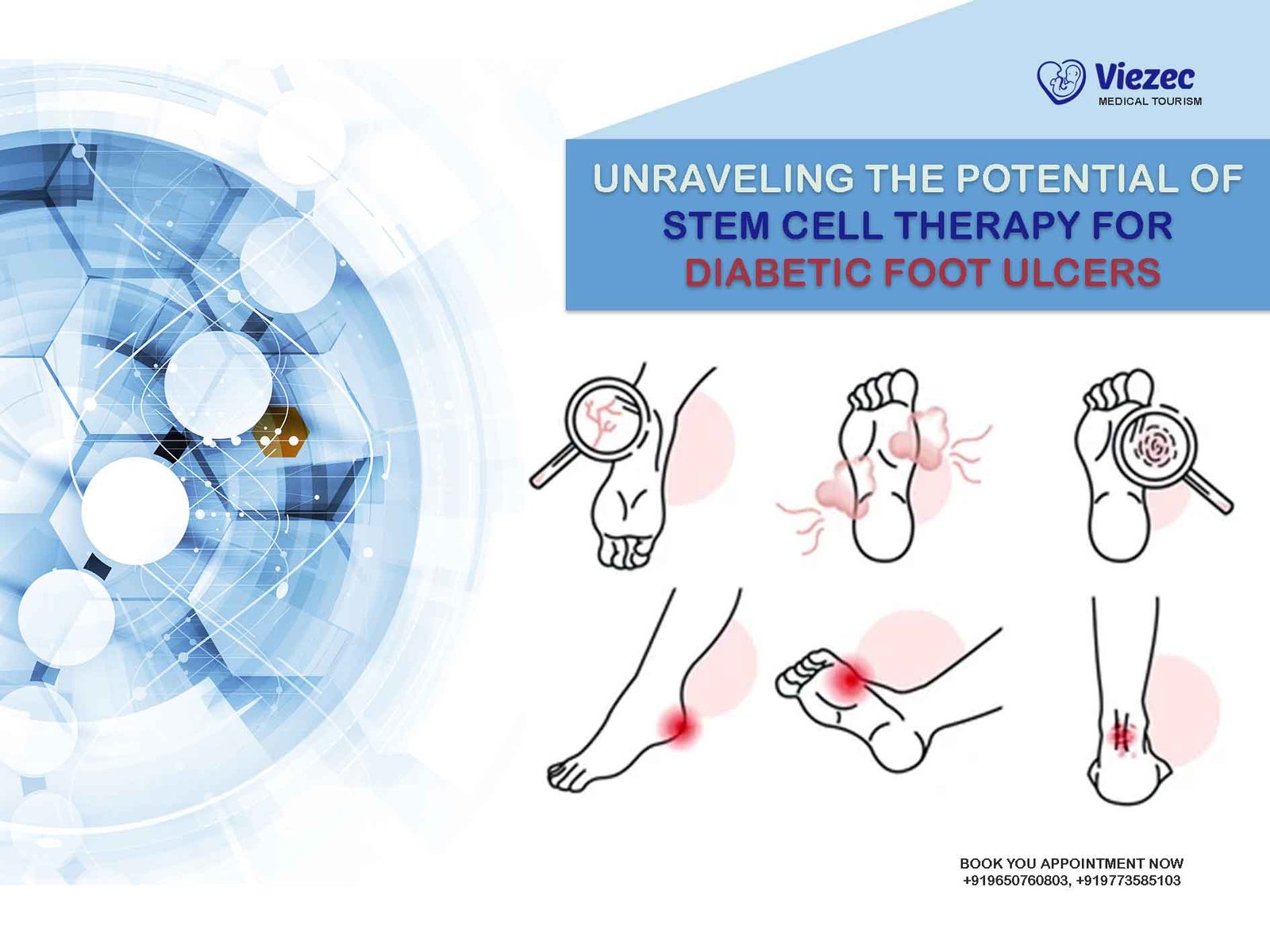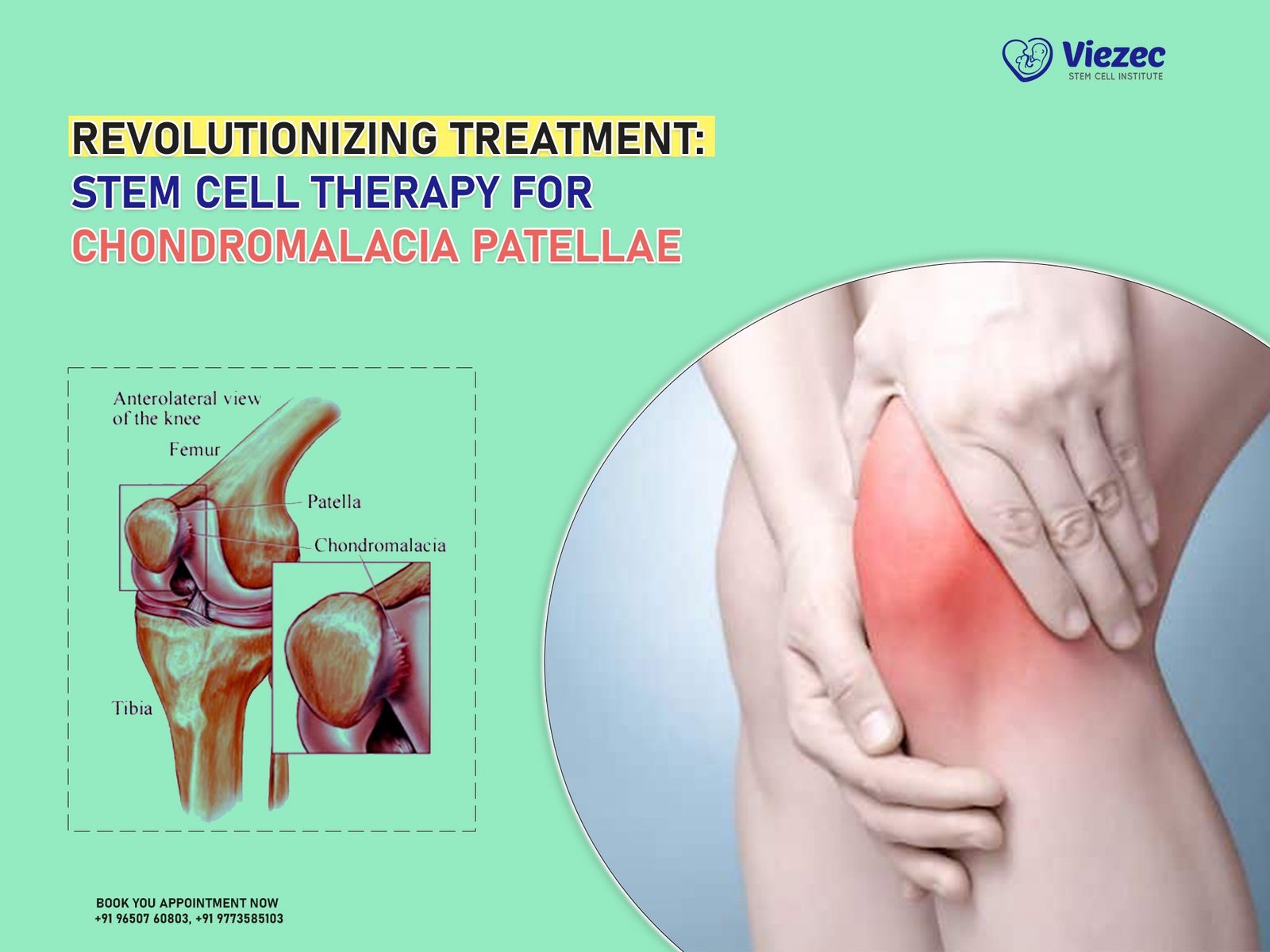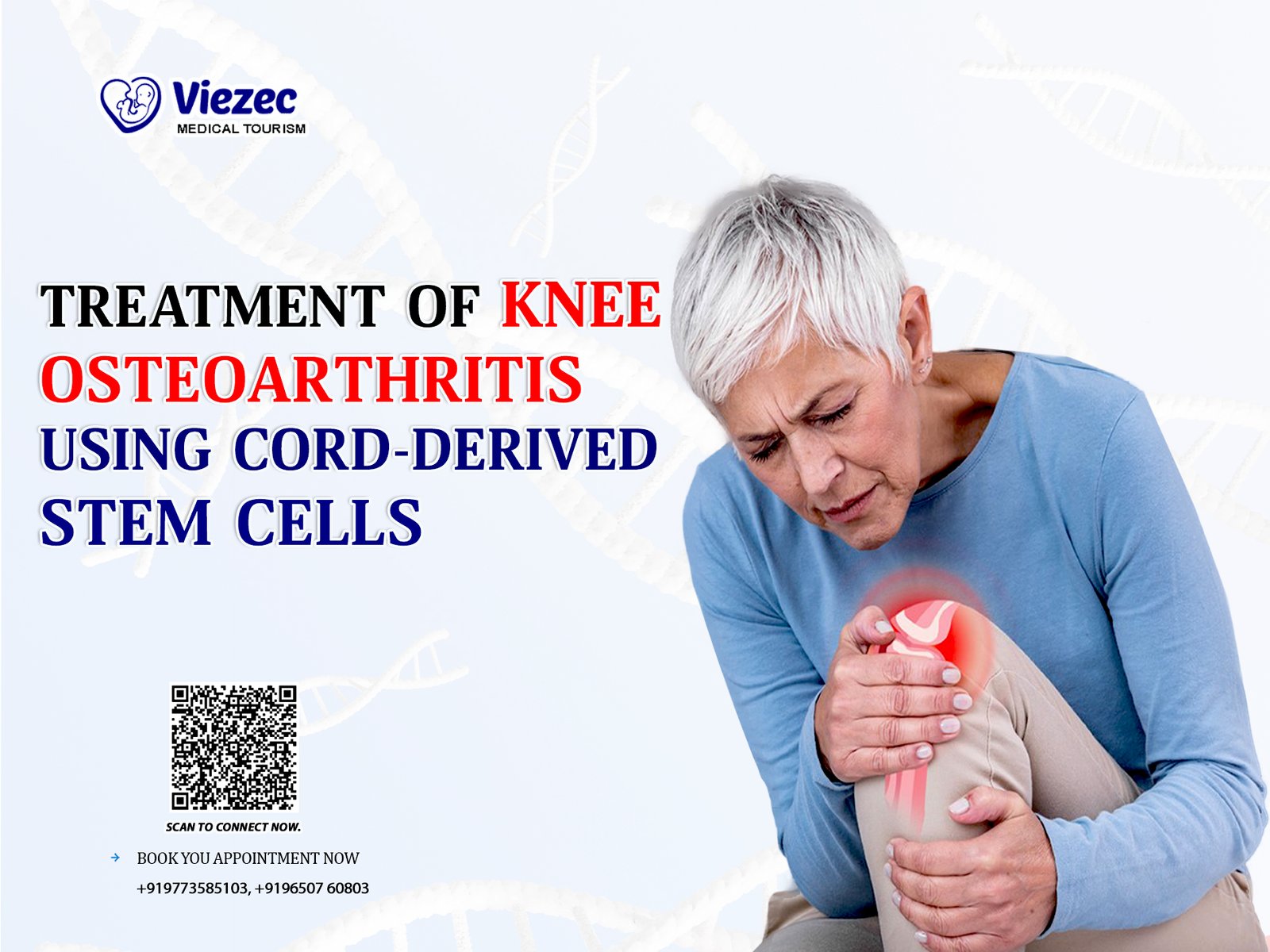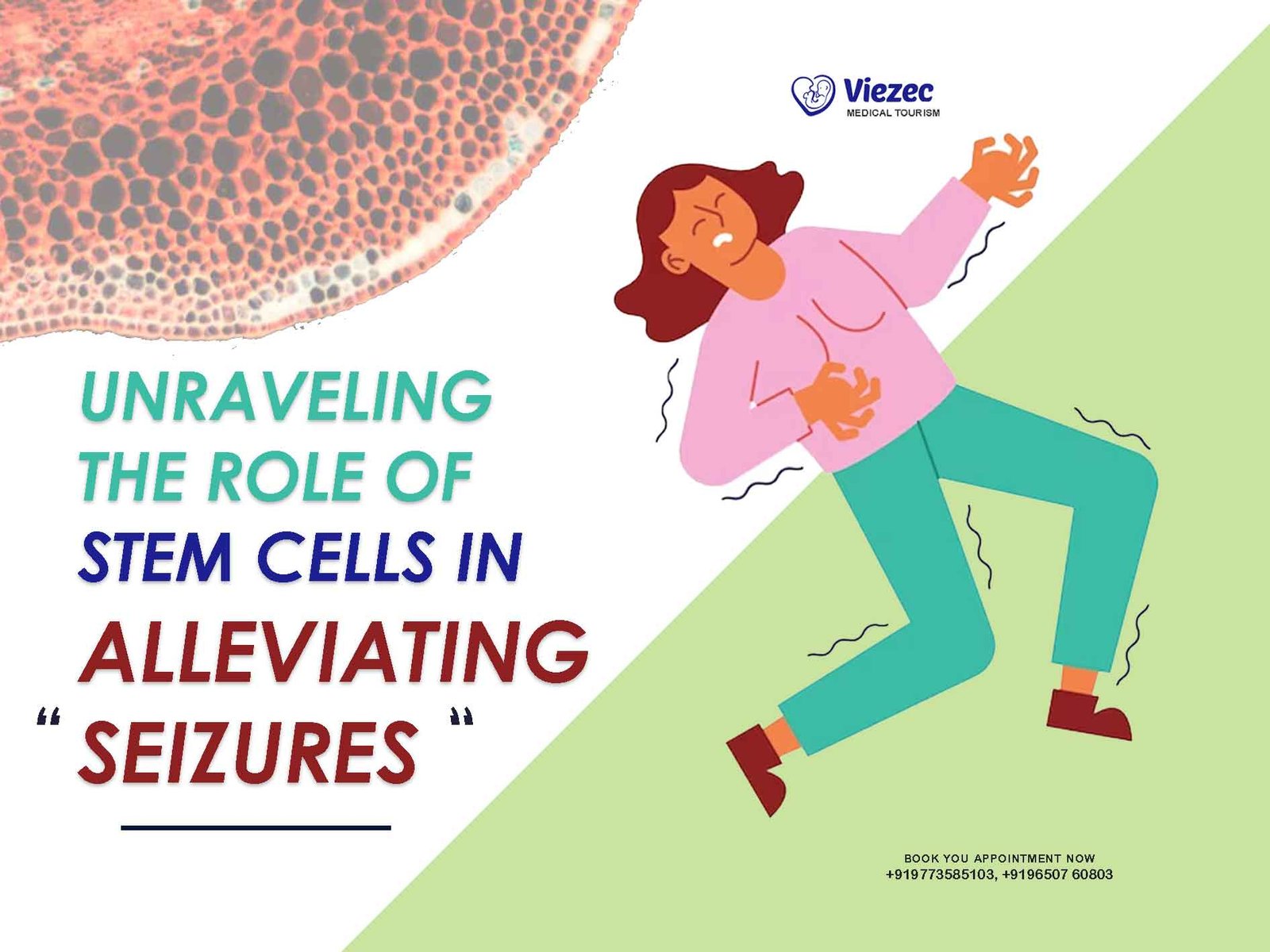The prevalence of diabetes mellitus is on a relentless rise globally, presenting a significant burden to healthcare systems worldwide. One of the most severe complications of diabetes is the development of diabetic foot ulcers (DFUs), which often lead to debilitating consequences, including amputation and mortality. Traditional treatments for DFUs have shown limited efficacy, emphasizing the urgent need for innovative therapeutic approaches. Stem cell therapy has emerged as a promising avenue in regenerative medicine, offering hope for the management and potential healing of diabetic foot ulcers. This article explores the intricate landscape of stem cell therapy in addressing DFUs, highlighting its mechanisms, current advancements, challenges, and future prospects.
Understanding Diabetic Foot Ulcers
The Pathophysiology of DFUs
Diabetic foot ulcers are chronic wounds that develop primarily due to peripheral neuropathy, peripheral arterial disease, and impaired wound healing in individuals with diabetes. Neuropathy leads to reduced sensation, predisposing patients to unnoticed trauma, while arterial insufficiency limits oxygen and nutrient delivery to tissues, impairing the wound healing process. Moreover, diabetes-induced microvascular complications hinder angiogenesis and disrupt the inflammatory response necessary for wound repair, exacerbating the formation and persistence of DFUs.
Clinical Implications and Challenges
DFUs pose significant clinical challenges, contributing to increased morbidity and mortality rates among diabetic patients. These ulcers are susceptible to infection, which can rapidly progress to osteomyelitis or systemic sepsis. Furthermore, the complex nature of DFUs often renders conventional wound care strategies ineffective, leading to prolonged hospitalizations, reduced quality of life, and substantial economic burdens on healthcare systems.
Stem Cell Therapy: A Beacon of Hope
Mechanisms of Action
Stem cell therapy harnesses the regenerative potential of stem cells to promote tissue repair and regeneration. Mesenchymal stem cells (MSCs), in particular, have garnered attention for their ability to modulate the inflammatory response, enhance angiogenesis, and stimulate tissue regeneration. MSCs exert their therapeutic effects through paracrine signaling, where they release a myriad of growth factors, cytokines, and extracellular vesicles that orchestrate the wound healing process. Additionally, MSCs possess immunomodulatory properties, which help mitigate inflammation and promote a conducive microenvironment for wound repair.
Preclinical and Clinical Evidence
Numerous preclinical studies have demonstrated the efficacy of stem cell therapy in promoting wound healing and tissue regeneration in diabetic animal models. These studies have showcased the ability of MSCs to accelerate wound closure, improve neovascularization, and enhance tissue remodeling in DFUs. Encouraged by these preclinical findings, clinical trials have been initiated to evaluate the safety and efficacy of stem cell therapy in diabetic patients with chronic ulcers. Early-phase clinical trials have reported promising results, with improvements in wound closure rates, reduction in amputation rates, and enhanced quality of life among participants receiving stem cell therapy.
Challenges and Considerations
Standardization and Optimization
One of the key challenges in implementing stem cell therapy for DFUs is the standardization and optimization of treatment protocols. Variability in cell sourcing, isolation techniques, cell characterization, and delivery methods can significantly impact treatment outcomes. Establishing standardized protocols and optimizing cell manufacturing processes are imperative to ensure reproducibility and efficacy across different clinical settings.
Safety Concerns
While stem cell therapy holds immense therapeutic potential, safety concerns must be thoroughly addressed. The risk of tumorigenicity, immunogenicity, and ectopic tissue formation associated with stem cell transplantation underscores the importance of rigorous safety assessments in both preclinical and clinical studies. Furthermore, long-term follow-up data are essential to monitor for any potential adverse effects and ensure the safety profile of stem cell-based therapies.
Regulatory and Ethical Considerations
The regulatory landscape surrounding stem cell therapy is complex and evolving, with stringent requirements for product characterization, manufacturing practices, and clinical trial oversight. Regulatory agencies play a pivotal role in ensuring the safety, efficacy, and quality of stem cell-based products, thereby safeguarding patient welfare. Moreover, ethical considerations regarding the use of stem cells, particularly embryonic stem cells, necessitate careful deliberation and adherence to ethical guidelines to uphold moral principles and societal values.
Future Directions and Opportunities
Personalized Medicine Approach
Advancements in stem cell research, coupled with emerging technologies such as induced pluripotent stem cells (iPSCs) and genome editing, offer unprecedented opportunities for personalized medicine in the treatment of DFUs. By tailoring stem cell-based therapies to individual patient profiles, including genetic predispositions and disease characteristics, personalized approaches hold the potential to optimize treatment outcomes and minimize adverse effects, paving the way for precision medicine in diabetic wound care.
Combination Therapies
Combining stem cell therapy with complementary approaches, such as growth factors, biomaterials, and bioengineering strategies, represents a synergistic approach to enhance therapeutic efficacy and promote tissue regeneration in DFUs. By leveraging the complementary mechanisms of action and synergistic effects of combined therapies, novel treatment regimens can address multiple aspects of wound healing pathways, offering superior outcomes compared to monotherapies.
Health Economics and Accessibility
While stem cell therapy shows promise in revolutionizing diabetic wound care, its widespread adoption hinges on considerations of health economics and accessibility. Cost-effectiveness analyses and health economic evaluations are essential to assess the long-term economic impact of stem cell-based interventions and inform healthcare resource allocation decisions. Furthermore, initiatives aimed at improving accessibility, affordability, and equitable distribution of stem cell therapies are crucial to ensure broader patient access and reduce healthcare disparities.
Diabetic foot ulcers pose a formidable challenge to patients, healthcare providers, and healthcare systems worldwide, underscoring the urgent need for innovative therapeutic strategies. Stem cell therapy holds immense promise in addressing the complex pathophysiology of DFUs and promoting tissue regeneration. While significant progress has been made in preclinical and clinical research, challenges regarding standardization, safety, and regulatory oversight persist. Nevertheless, with continued advancements in stem cell science, personalized medicine approaches, and collaborative efforts across multidisciplinary fields, stem cell therapy stands poised to transform the landscape of diabetic wound care, offering renewed hope and healing for millions of individuals afflicted by this debilitating complication of diabetes.
Related post:-
Stem Cell Breakthroughs for Diabetic Foot Ulcers
Progress in Stem Cell Science for Treating Diabetic Foot Ulcers









